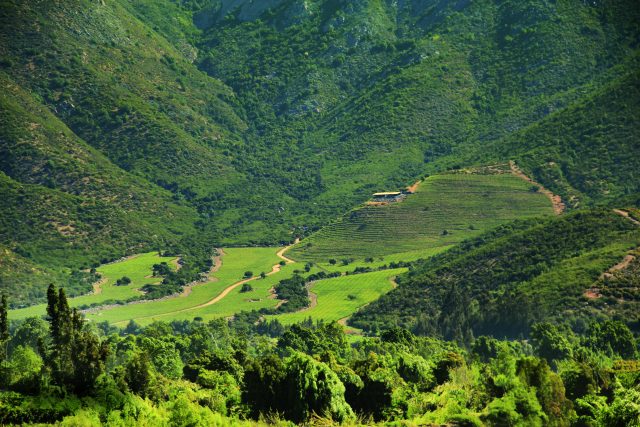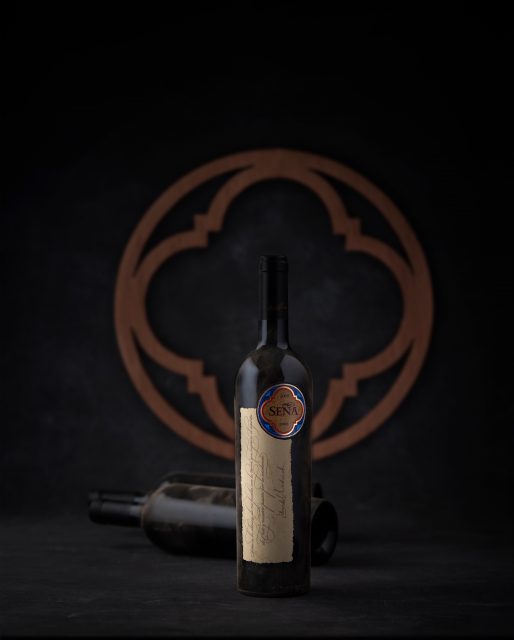This website uses cookies so that we can provide you with the best user experience possible. Cookie information is stored in your browser and performs functions such as recognising you when you return to our website and helping our team to understand which sections of the website you find most interesting and useful.
Coming of age: how Seña proved that Chilean fine wine gets better with time
Some thought that the great Cabernet blends of Chile wouldn’t cellar as well as their equivalents from Bordeaux, but Seña proved that to be wrong – and we reveal how.
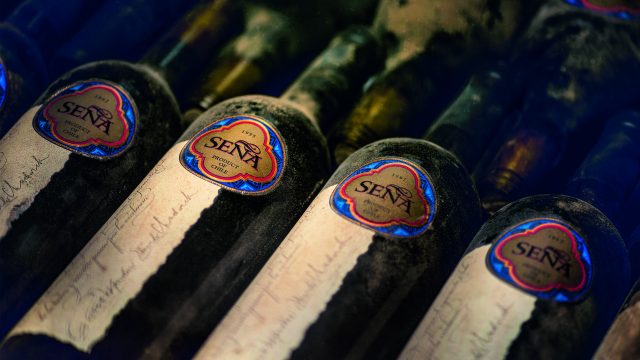
What is fine wine? It’s always been a difficult question to answer, complicated by the fact that there are no rules when it comes to describing a wine, as fine. However, certain aspects that come to mind when it comes to defining this uppermost class of wines. Among these are price – few would class a wine as fine if it sold for less than £20 – as well as prominence on the secondary market, because, ideally, a fine wine should trade after its initial release.
Delving into more subjective territory, there are attempts to assign the title of ‘fine’ according to the way a wine tastes. These centre on the intensity and complexity of flavours, the balance of a wine’s components, and the length of time these appealing characters linger on the palate.
But, one aspect that’s vital for fine wine, concerns the way it ages. If you are to sit at the top of the vinous hierarchy, you must be a product that not only lasts for a long time after bottling, but also improves as the years pass.
It’s this, key element to fine wine, that has challenged those who are relatively new to producing top-end drops. The reason? Without decades of production, they simply don’t have the evidence to prove their prized wine will age gracefully – even if the youthful expression is deemed delicious. And it’s this situation that has led some to believe that the great wines from the so-called New World won’t cellar as well as their equivalents from the famous regions of Europe, where there is a long history of fine wine production.
But what if you come from an area that’s relatively new to the fine wine market, and you have a track record of great bottles going back more than two decades – a library of older vintages featuring wines with the delicious layers of flavour only found in beautifully crafted wines as they mature? Then, if you are Eduardo Chadwick, president of Chile’s Viñedos Familia Chadwick, (the holding company for Errázuriz, Seña, Viñedo Chadwick and Arboleda) you not only show them to the world, but you pour them alongside the most celebrated and longest-lived competitors from the globe’s pre-eminent fine wine region – the five first growths from Bordeaux. And, you do this ‘blind’ – so your expert panellists don’t know what they are sampling, until that is, they have rated them.
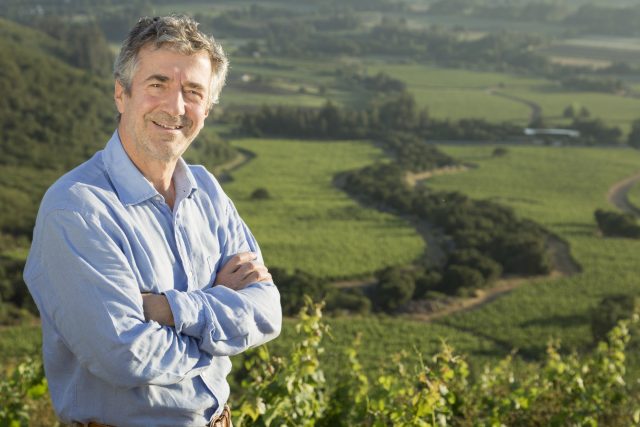
That is the story of how Chadwick created a global reputation for Chile as a rising star in the fine wine sphere. But what was the wine he used to do it? It was Seña, a Cabernet blend born out of discussions between the late, great California-based Robert Mondavi and an ambitious Chadwick back in 1991. Launched in 1997 with the 1995 vintage, it was modelled on the French château concept, employing grapes from its own estate – which was located in an isolated, unspoilt part of the Aconcagua Valley. Seña didn’t taste exactly like Bordeaux, however, and maintained a distinctly Chilean identity, not just due to its source, but also by employing the nation’s emblematic Carmenère grape in the grand vin.
Chadwick’s first goal was to show the world that Seña was great as a young wine. This was achieved in 2004 with a comparative tasting of young bottles of Seña against the famous fine wines of Bordeaux and elsewhere. Dubbed the Berlin Tasting, his Seña 2001 bettered all its illustrious competition bar one bottle – Chadwick 2000, a pure Chilean Cabernet that hailed from another of the producer’s vineyards, but in the Alto Maipo area of the Andes.
After years of tastings around the world, all achieving similar results for Seña, it was time to change tack. After all, such events had shown that Seña was making young wine of first-growth quality, but Chadwick knew that the test of a fine wine comes with its ability to improve as it ages. For this, in 2011 in Hong Kong, Chadwick started a new tasting tour, featuring library stock of early Seña vintages alongside similarly aged wines from the world’s greatest estates.
Due to the location, Chadwick enlisted the support of Hong Kong based Master of Wine Jeannie Cho Lee for these series of tastings, which also took place in Seoul and Taipei, and five major cities in China. Once more, Seña performed reliably brilliantly. And the results were good too when the same model was brought to Europe, with further vertical comparative tastings held in London and Zurich.
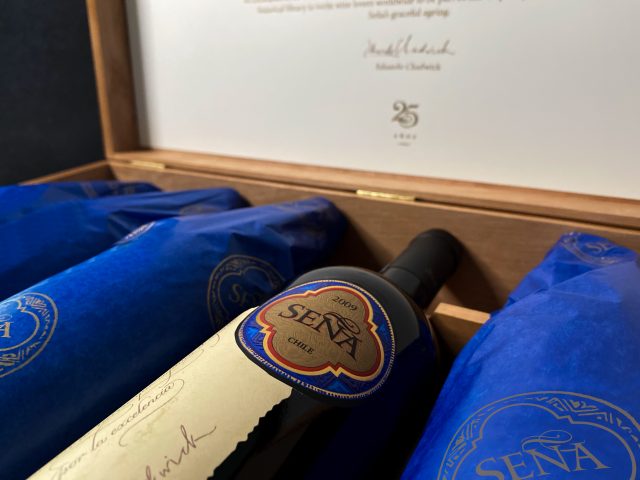
Notably, in the latter city, Seña 2009 came in first place, beating mature bottles from first growth châteaux. So, when it came to marking Seña’s 25th anniversary since the brand launched, which it does this year, what could be better than releasing a mature example of this celebrated Chilean wine, and from a winning vintage. Thankfully, Chadwick kept back some of Seña’s prized 2009 expression, expectant of its future quality, and aware that it was the last milestone vintage from the past decade.
Now, he is able to release it, allowing collectors and drinkers to enjoy a mature example of Seña, safe in the knowledge it has been perfectly stored since bottling in the same cellar in Chile. Such an important wine for Seña, and indeed Chile’s fine wine history, comes with special packaging too, with the 2009 vintage expression being sold in a handcrafted coffer made of lenga, which his Chile’s most noble wood from Southern Patagonia.
As for the wine’s taste 10 years since it was bottled, Seña’s much respected winemaker, Francisco Baettig, suggested it was a wine still with plenty of life and fresh fruit. Indeed, he said that it was ready to drink, but would benefit from cellaring for even more time.
For the collector, this release is particularly important. Why? It gives such a person the chance to immediately test for themselves the character and quality of a great Chilean Cabernet blend as its starts to reach maturity. And, like those wine judges in Zurich, should that person be impressed, then it will give them the confidence to add young versions of Chile’s greatest wines to their cellar. And, as this happens, a wine such as Seña becomes collectible – which is not only an important aspect to maintaining fine wine status, but the ultimate accolade for any label.
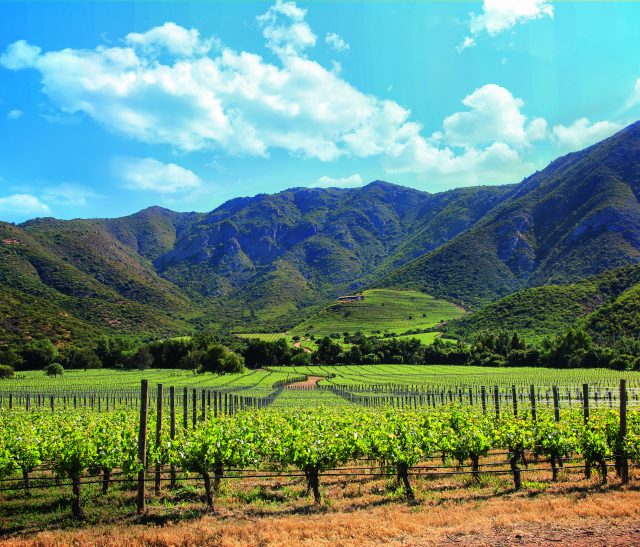
About Seña
- In 1995 Robert Mondavi and Eduardo Chadwick pioneered an international joint venture with a challenging goal: to create a world-class icon-level wine like none other seen in Chile.
- Sharing their dream, efforts and dedication, in 1997 they released the first vintage of Seña (1995), Chile’s first icon wine.
- Modelled on a Bordeaux style, it has a Chilean soul given by its Carmenère variety, grown under the principles of biodynamic farming in the Aconcagua Valley.
- It is known for its complexity and structure, as well as fine-grained tannins and acidity.
- The 2019 vintage of Seña, the 25th made since the label was launched in 1997, was released in September 2021 with a new look.
- A special library release of the 2009 vintage of Seña – which came first place in a comparative tasting in Zurich in 2012 – was released on 14 March 2022 at €90 ex-négociant.
- Hatch Mansfield is the UK distributor of Seña. The wine is also available via négociants on La Place de Bordeaux.
About the 2009 vintage
The 2009 vintage was marked for its high heat summation. It began with an early budbreak in very healthy conditions which was followed by a remarkably homogeneous flowering. At harvest time, the grapes had reached an ideal in terms of phenolic maturation and levels of sugar accumulation, and the conditions favoured Carmenère in particular. The harvest began two weeks earlier than normal in Aconcagua. Overall, the year was classed as a hot, dry and early vintage, which created dense and powerful wines, with great concentration and richness, fine-grained tannins and juicy acidity.
About Seña 2009
“Seña 2009 is a very complex wine that is showing beautifully today, after more than ten years of ageing. The colour shows its natural evolution, which still retains its red hue. The nose unveils multiple layers of spicy notes, subtle oak, chocolate, tobacco and cigar box, while amazingly fruity as it opens up, with hints of ripe raspberry and cherry. The mouth is round but shows vivid acidity on the finish. This vintage displays excellent density and length with great structure and perfectly ripe tannins alluring with a soft and silky mouthfeel. Ready to drink now or hold for five more years.” Francisco Baettig, winemaker November 2021
- The blend: 54% Cabernet Sauvignon 21% Carmenère 16% Merlot 6% Petit Verdot 3% Cabernet Franc
- Alcohol: 14.5%
- Ageing: 22 months in 100% new French oak barrels
- Price: €90 ex-négociant
- Release date: 14 March 2022


